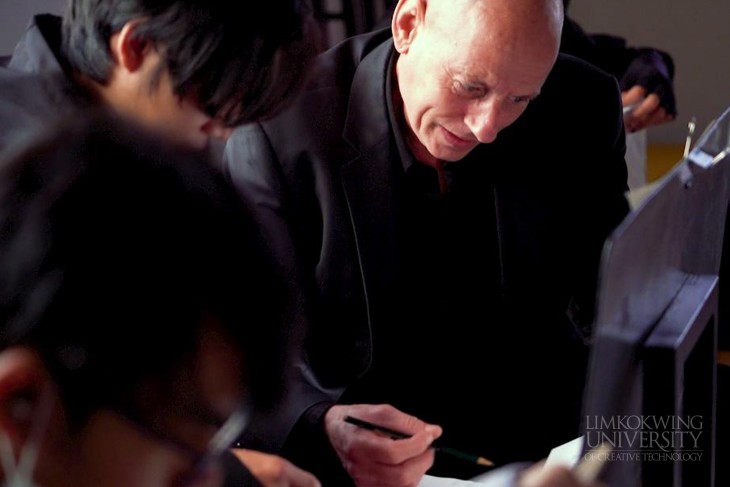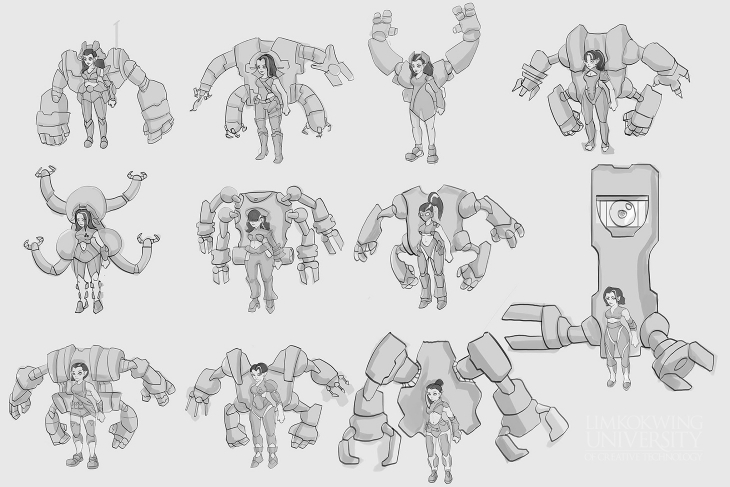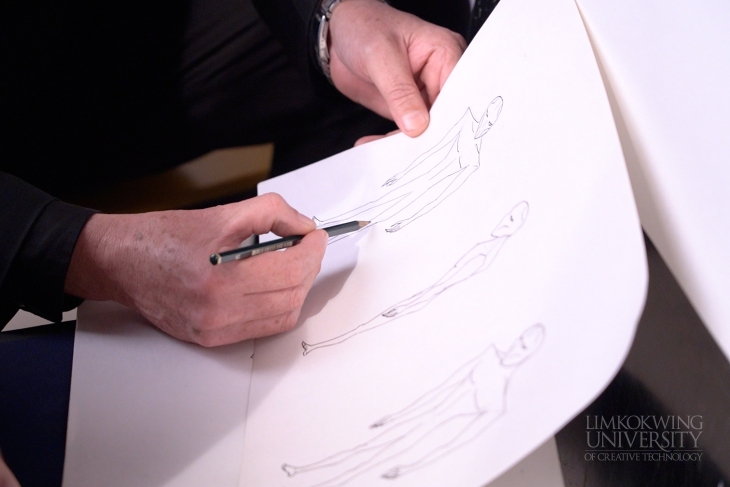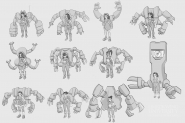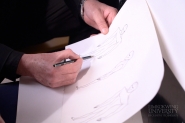The ability to sketch is hugely important in graphic design, architecture, fashion, animation, and many other design fields. Due to the prevalence of digital tools nowadays people tend to think that it is old-fashioned or obsolete, but nothing could be further from the truth. It is true that digital tools are now used a lot for finished designs, but without the initial sketches we would not have the quality of design that we get.
Sketching Defined:
Although there is some argument about it, for our purposes we will say that sketching is the planning or construction phase of a piece. Drawing, by comparison, is the rendering or finalising of a sketch. Drawing is more about accuracy and precision, while sketching is looser and more about establishing placement, shape, proportion, and gesture. A drawing may not be the desired result of a sketch, a sketch can be used as a plan for a building, a dress, a movie, or any product.
One important point is that sketching does not require any special or expensive materials, nor is it a very difficult skill to master. It’s also worth noting that we don’t always have access to computers or complicated tools, an idea might come to us as we sit in the countryside or wherever, and a sketch can easily be put down with a pen on the back of a napkin or any old paper.
A perfect example is a sketch done by one of the most outstanding graphic designers of the past century, Milton Glazer – he used just a crayon and a scrap of paper to sketch at the back of a New York taxi in 1975. His sketch was developed into one of the most famous and iconic designs of the 20th century.
Techniques for Refined Sketching:
One obstacle to effective sketching is not “loosening up” enough. A sketch should start with light, loose and flowing lines. It is all about visualising and getting the essence of what we are seeing in our minds. A big mistake that many make is to “commit” too soon to a particular line, like when you are creating a single line to write a signature. Adding unnecessary detail is also a mistake at this stage. You can try holding the pencil further from the tip to create lighter lines. For larger shapes we can move from the shoulder or elbow, for tighter curves we can use our wrist, keeping your hand on the inside of the curve until you learn to loosen up. It helps to rotate your paper to do this.
One useful technique often used by animators is to sketch using a light blue or orange colored pencil. When the desired shapes have been established a dark pencil can be used to tighten up the lines. Whatever technique you decide to use doesn’t matter as long as you are comfortable with it. Practice making basic shapes and lines first, and keep practicing, practice makes perfect!
Good luck and keep doing what you are doing!






















